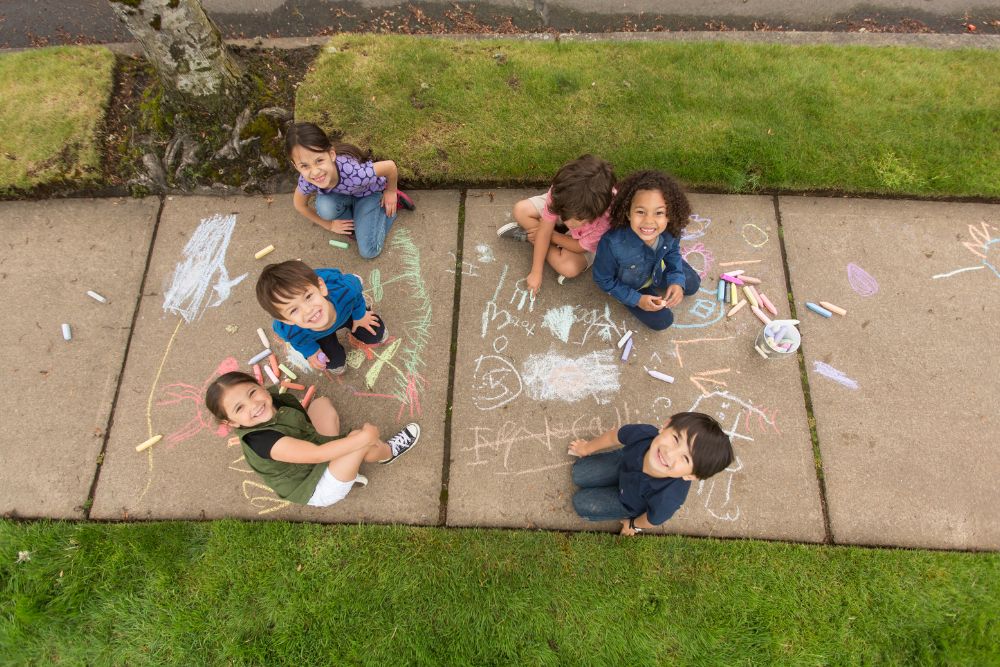Pros and Cons of Letting Your Kids Play Outside
Allowing children to engage in outside play has been a venerable practice that provides a plethora of developmental, physical and emotional benefits. Whether it’s at a local park or in a backyard, outdoor play can also foster creativity, independence and health.
Like any parenting decision, providing outdoor play involves a measure of balance between offering freedom and ensuring safety. In this article, we’ll consider the pros and cons of letting kids play outside hoping that it will help inform parent decisions.
|
|
Pros of Allowing Kids to Play Outside
1. Physical Health Benefits
Playing outside encourages kids to move, run, climb and jump. All of these exertions help with developing motor skills, muscle strength, and cardiovascular health. Sun exposure also helps with vitamin D production which is essential for bone health.
2. Mental and Emotional Well-Being
Being outside has shown to help decrease stress, anxiety, and symptoms of depression. Many different factors contribute to this, including sunlight, fresh air and open space all assist in a children’s own emotional regulation and mood.
3. Helps with Problem-Solving and Independence
Free play outside grants kids an opportunity to make decisions and problem solve their environment. It is an opportunity for kids to gain confidence in being independent by managing risks, social interactions and self-efficacy.
4. Stimulates Creativity and Imagination
Nature serves as a blank canvas for uninhibited imaginative play. A stick is a sword, a rock is treasure, a tree is a fort. Opportunities to play and stimulate creativity exist outside the classroom like never before!
5. Enhances Social Abilities
Outdoor areas are often a social center because children play, negotiate, and work with other kids. By playing games with peers or solving conflicts children get the opportunity to develop their communication and teamwork.
6. Interrupts Sedentary Screen Time Patterns
Outdoor play is physical and provides an alternative to excess screen time. Outdoor play can help children disconnect from screen devices and connect back to the physical world.
7. Extends Risk Assessments
Working through challenges while outside, such as climbing trees or navigating uneven ground, teaches children how to assess and manage risk in addition to building resilience and decision-making.
8. Promotes Connection to Nature
Time outdoors can build appreciation for spending time in nature. As children, they develop awareness and a sense of stewardship for the environment around them.
Disadvantages of Letting Kids Play Outside
1. Safety Concerns
Concern for children experiencing an injury, getting lost in the neighborhood, or a stranger will always be front of mind. These are real concerns as children need enforcement of the rules and guidelines discussed with them.
2. Exposure to the Elements
Depending on the season and location, there may be exposure to extreme heat or extreme cold, or sudden changes in the weather that might create an uncomfortable situation for children or even cause sickness.
3. Allergies and Insect Bites
Outdoor play in grassy and wooded areas can present allergies, bee stings, and mosquito bites. Allergies are more common, but children with sensitive skin may experience this too.
4. Adult Supervision
Younger children or children in a new or unfamiliar territory may require supervision which affects a parent’s ability to multi-task or prioritize other jobs and tasks.
5. Peer Conflicts and Bullying
Not all experiences children have on the playground are positive social experiences. Without adult supervision and enforcement, children may be subjected to peer pressure, teasing, and bullying while playing with peers outdoors.
6. Unforeseeable Hazards
Outdoor play can create hidden dangers to children while playing outdoors, such as broken glass, sharp objects, or structures that are not safe. Parents and caregivers need to be alert and friends (often adult supervision) need to be familiar with the structures.
7. Not All Families Have Access to Outdoor Spaces
Families living in large urban environments or neighborhoods with heavy traffic have limited access to safe outdoor space in their living neighborhood. For example, playgrounds or green space are often utilized as a safe outdoor recreational space.
8. Can Be Messy
Outdoor play can lead to a mess. Mud, grass stains, and wet clothes, made for messy fun, are often not convenient, especially when needing to change clothes prior to school or scheduled events or appointments.
To Summarize
The benefits of letting children play outside are endless in terms of the benefits to physical, mental, and social development. The safety and supervision concerns are valid considerations, however many of the risks involved in outdoor play, can be addressed with safety plans and rules outlined prior to outdoor play.
Encouraging children to play outdoors in safe environments offer children time for growth and learning while supporting a lifetime of habits, healthy behaviors, and curiosity related to play. Children benefit from the balance between autonomy and supervision when children are playing outside.

